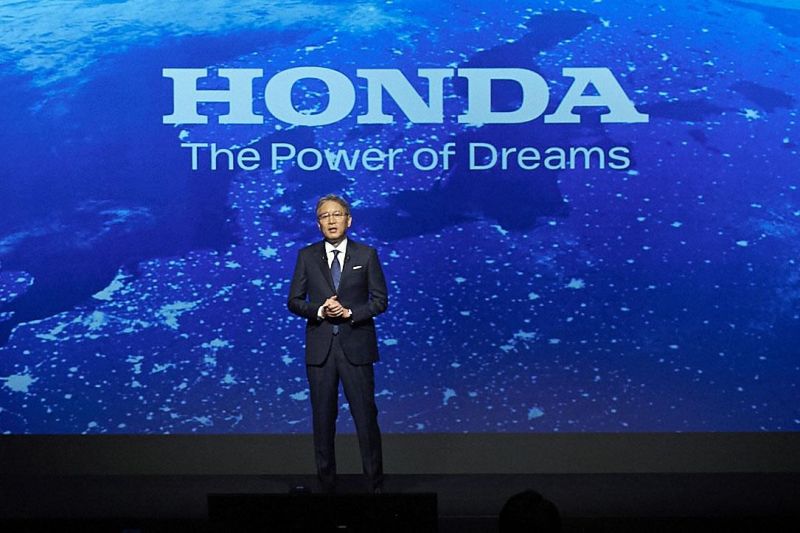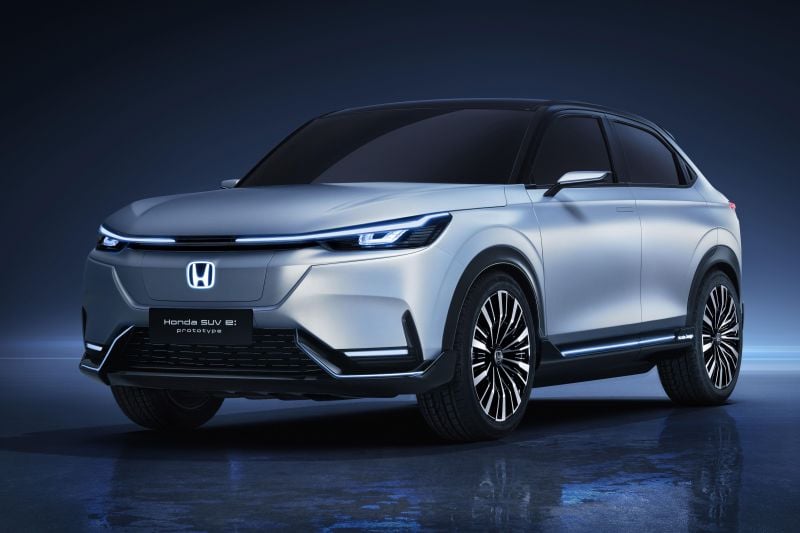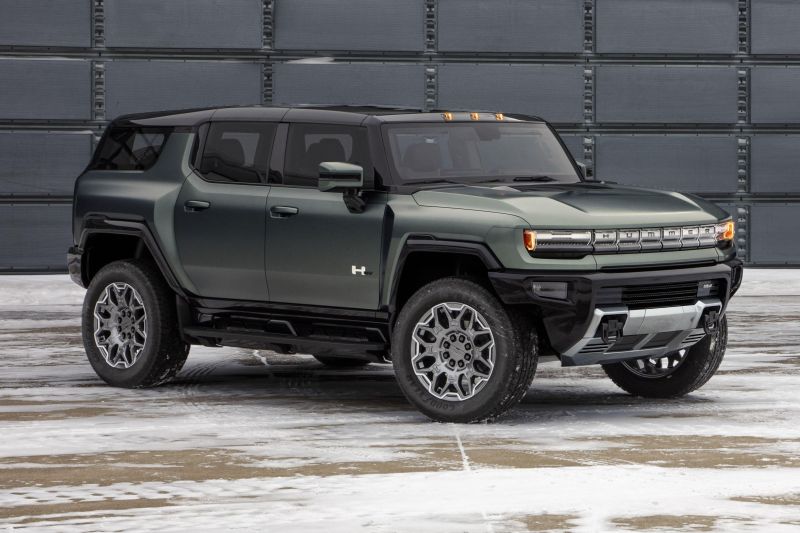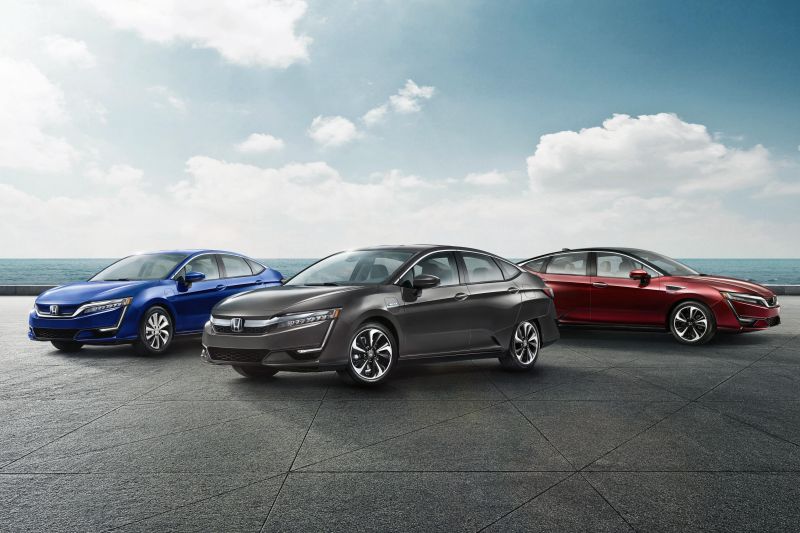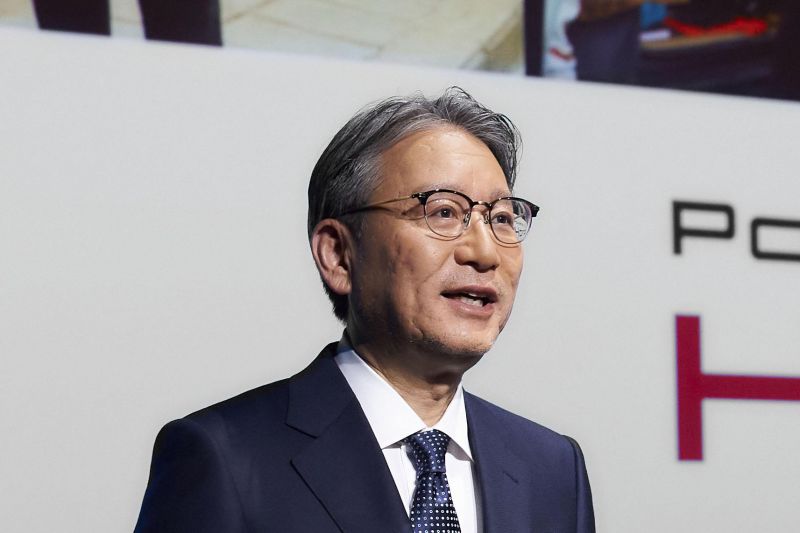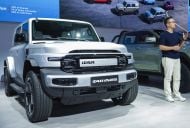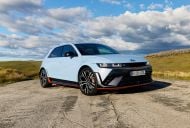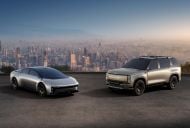Goodbye VTEC, it was nice knowing you.
In his first major event as CEO Toshihiro Mibe has committed Honda to ditching internal combustion engines for its cars by 2040.
While a number of marques — including Volvo, Cadillac and Bentley — have stated this year they’ll be EV only by 2030, Honda is the first mainstream automotive brand, and first top 10 automaker, to set a goal of going fully electric.
Honda’s interim targets include 40 per cent of sales in “major markets” being electric (EV) and hydrogen fuel cell (FCEV) by 2030.
The share of EVs and FCEVs in major markets will rise to 80 per cent by 2035 before hitting 100 per cent globally by 2040.
At present Honda sells only a smattering of electric vehicles, including the retro E hatchback for Europe and Japan, and a clutch of models based on the HR-V in China.
For the world’s largest car market, Honda is planning to introduce 10 Honda EVs over the next five years. These will seemingly be based on existing vehicles using platforms designed primarily for internal combustion engines.
Honda previewed the first of these at the Shanghai motor show this week with the SUV e:Prototype, which is based on the third-generation HR-V.
In 2024 the company’s electric offerings will be boosted by two further models — one each for Honda and Acura — aimed at North America.
Both will be built at GM plants and based on GM’s Ultium platform, meaning they will be closely related to the GMC Hummer EV.
On top of this, Honda confirmed today it is developing its own dedicated EV e:Architecture, which will go into production during “second half of the 2020s”.
Models on this platform will be launched in North America first before being made available elsewhere.
Japanese buyers can look forward to a pure electric kei car by 2024. The domestic market Honda range will only have electric and hybrid models by 2030.
According to Automotive News, Mibe conceded the automaker’s plans aren’t fully fleshed out yet.
There were no details today about how the transition will be handled in Europe and Thailand. The latter is the source for many of Honda’s most popular models in Australia, including the HR-V, Civic and CR-V.
At today’s press conference, Honda said it will spend around ¥5 trillion ($59.4 billion) on research and development over the next five years “regardless of fluctuations in our sales revenue”.
Some of this money will go towards development of solid-state battery technology, which if successful will radically improve charging times and reduce space requirements.
Honda anticipates solid-state batteries could be introduced as soon as the “second half of the 2020s”.
The automaker provided few details regarding hydrogen fuel cell vehicles, noting that it will be “continuing our collaboration with GM”. Honda will also “strive to reduce costs and realise a ‘hydrogen society’ by expanding our lineup of FCEVs”.
Fuel cell technology will also be used for trucks, and stationary and portable power sources.
Honda’s motorcycle division will expand its electric offerings, but there’s no timeline to shift away completely from petrol power.
There will be three new “personal use” electric bikes by 2024, with the models in the sub-50cc and sub-125cc classes. There will also be electric motorcycles in the company’s “fun” portfolio.
Toshihiro Mibe began his stint as Honda CEO on April 1, although he has been working alongside outgoing CEO Takahiro Hachigo for a few months already.
When he was presented as the new CEO, Mibe told the media “Honda must undergo a major change and act with speed”.
Prior to becoming CEO Mibe spent his entire working life in Honda’s research and development department. During his tenure as R&D chief he was tasked with improving the automaker’s hybrid and EV technology.
Although Honda was one of the pioneers in hybrid drivetrain technology, it has pursued it with less vigour than compatriot Toyota. It has moved to catch up in recent years, with the entire European range going hybrid only and key models elsewhere offering the technology.





